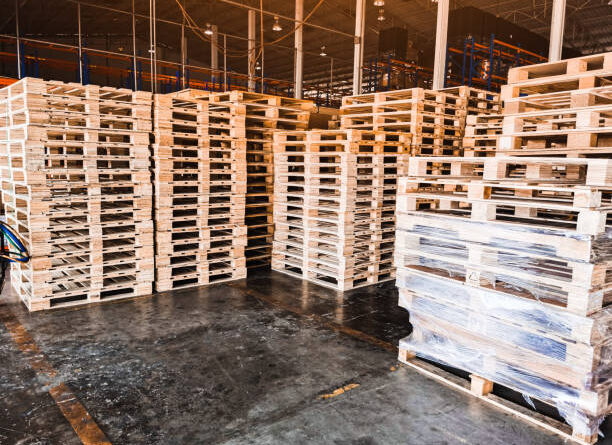Maximizing Warehouse Efficiency with Selective Pallet Racking Systems
Efficient warehouse management is crucial for any business that handles large volumes of inventory. One of the most effective ways to optimize warehouse space and improve overall efficiency is by implementing selective pallet racking systems. This article explores the benefits, features, and best practices for using selective pallet racking in your warehouse.
What is Selective Pallet Racking?
Selective pallet racking is a type of storage system designed to provide easy access to every pallet in a warehouse. It consists of vertical frames and horizontal beams that create multiple levels of storage, allowing pallets to be stored and retrieved individually. This system is highly versatile and can be customized to fit various warehouse layouts and inventory types.
Key Features of Selective Pallet Racking
- Accessibility: Each pallet can be accessed directly without moving others.
- Versatility: Can accommodate a wide range of pallet sizes and types.
- Customizable: Easily adjustable to fit different warehouse configurations.
- Durable: Constructed from high-quality materials to support heavy loads.
Benefits of Using Selective Pallet Racking
Implementing selective pallet racking in your warehouse offers numerous advantages that can significantly enhance operational efficiency.
Improved Storage Utilization
Selective pallet racking maximizes the use of vertical space, allowing you to store more inventory in a smaller footprint. By stacking pallets vertically, you can take full advantage of your warehouse’s height, thereby increasing storage capacity without expanding the floor area.
Enhanced Inventory Management
With selective pallet racking, every pallet is easily accessible, making it simpler to track and manage inventory. This system supports the first-in, first-out (FIFO) method, ensuring that older stock is used before newer stock. This reduces the risk of inventory obsolescence and helps maintain product quality.
Increased Operational Efficiency
The easy accessibility of pallets reduces the time and effort required for loading and unloading. Forklift operators can quickly locate and retrieve specific pallets, speeding up order fulfillment and minimizing downtime. This efficiency translates into faster turnaround times and improved customer satisfaction.
Safety and Stability
Selective pallet racking systems are designed to be stable and secure, minimizing the risk of accidents and damage to inventory. The robust construction and proper installation ensure that the racking can safely support heavy loads, contributing to a safer working environment.
Best Practices for Implementing Selective Pallet Racking
To get the most out of your selective pallet racking system, it’s essential to follow best practices during implementation and maintenance.
Proper Planning and Design
Before installing selective pallet racking, conduct a thorough analysis of your warehouse layout, inventory types, and storage needs. This will help you design a racking system that maximizes space utilization and aligns with your operational requirements. Consider factors such as aisle width, pallet dimensions, and forklift accessibility.
Regular Maintenance and Inspection
Regular maintenance is crucial to ensure the longevity and safety of your racking system. Inspect the racking periodically for signs of wear and tear, such as bent beams or damaged frames. Address any issues promptly to prevent accidents and maintain the system’s structural integrity.
Employee Training
Proper training for warehouse staff is essential to maximize the benefits of selective pallet racking. Ensure that forklift operators and other employees are familiar with the system’s features and know how to handle pallets safely and efficiently. Training programs can also cover best practices for loading and unloading, as well as emergency procedures.
Adhering to Safety Standards
Compliance with safety standards and regulations is vital when implementing selective pallet racking. Follow guidelines from relevant authorities, such as OSHA or local safety organizations, to ensure that your racking system meets all safety requirements. This includes proper installation, load limits, and regular inspections.
Conclusion
Selective pallet racking systems offer a practical and efficient solution for optimizing warehouse space and improving operational efficiency. By providing easy access to every pallet, enhancing inventory management, and increasing storage capacity, these systems can significantly boost productivity and profitability. Following best practices for planning, maintenance, and employee training will help you maximize the benefits of selective pallet racking and create a safer, more efficient warehouse environment.




